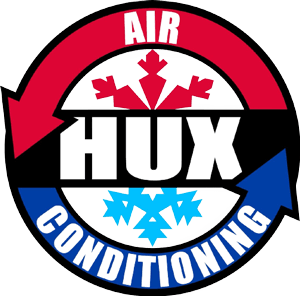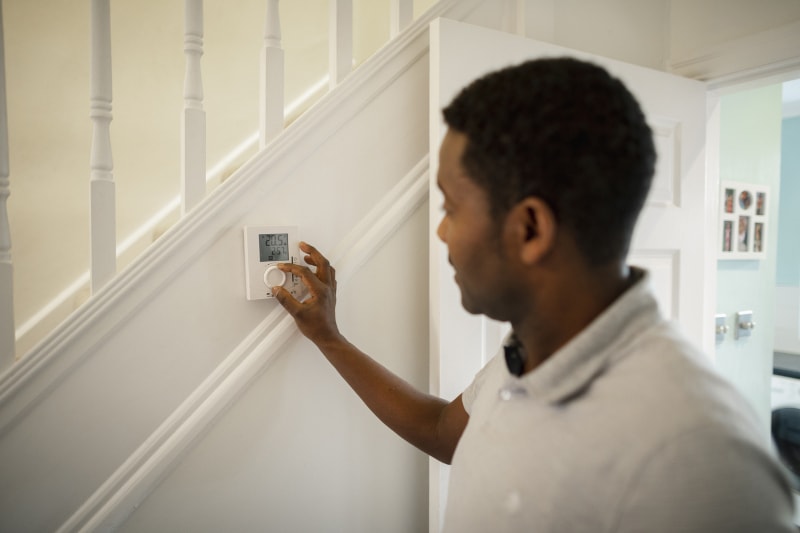A thermostat prompts the HVAC system to heat or cool your Jackson, MS home to your liking. Using this device inappropriately affects your indoor comfort and may also shorten your system’s lifespan. We’ll discuss three thermostat mistakes and how to avoid them.
1. Using the Wrong Settings
When you need your HVAC system to cool your house, use the Cool setting on the thermostat. When winter comes, and you need a warm indoor environment, switch to the Heat setting. If it remains in cooling mode in winter, your HVAC system can’t warm your home, so change the settings when the seasons change.
To control your system’s fan, two settings are available: On and Auto. The Auto setting makes the fan run only when the system is running a heating cycle.
On the other hand, using the On setting makes the fan run continuously even after the system completes heating your indoor air. As a result, the fan starts distributing cold air after distributing all the heated air. The most recommended fan setting is Auto.
2. Installing the Thermostat in the Wrong Location
A thermostat reads the temperatures in your living space and prompts the HVAC system to start working if the indoor temperatures are uncomfortable. If it is in a location where temperatures fluctuate, it can send confusing instructions to the HVAC system, making it short cycle. Short cycling can result in breakdowns and increase the need for repairs.
Bad locations for a thermostat include near windows, doors and heating or cooling appliances. Have technicians install your controller in an area where the temperature is close to the average for the whole house.
3. Cranking Up the Thermostat
Setting the thermostat too high doesn’t make the HVAC system heat your home more quickly. Instead, it makes the system work for longer stretches of time.
Your thermostat can only do its job efficiently if you take good care of it. Call us at Hux Air Conditioning for outstanding heating services whenever your thermostat has an issue. Our technicians have the experience and expertise to solve the most complex HVAC issues.
Image provided by iStock

